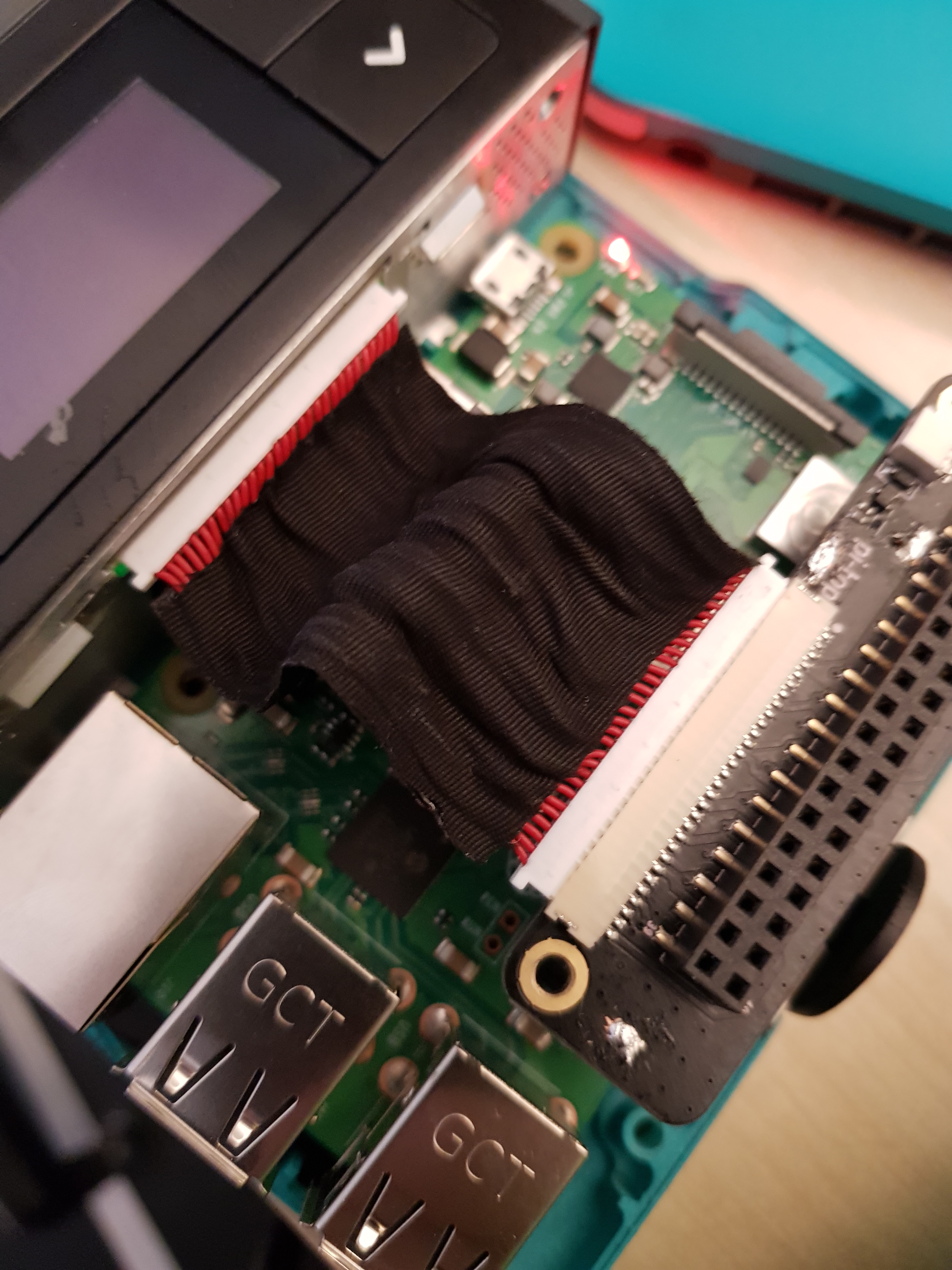In this short series, we speak to the designers and engineers who created our hero projects at Bett Show 2019 to find out how they built them and what problems they overcame.
"I've discovered that helium leaks through plastic quite fast," says pi-top's Senior Dev-Ops Engineer Tom Jennings with a chuckle. This was perhaps one of the things that Tom didn't expect to learn while building the weather balloon, but that's the beauty of making, you learn new things as you make progress.
pi-top’s weather balloon project is designed to monitor atmospheric conditions such as temperature, pressure, and humidity. With one eye on safety, the balloon is tethered to a base station, which constantly monitors windspeed so should it reach dangerous limits it can automatically bring the balloon safely down to lower altitudes.
"The idea is this is something you could either mount outside a school or you could also send up to the stratosphere and it will send back video and also data about what's going on in the atmosphere," explains Tom.
With air pollution soaring to a new all-time high, and new studies showing that London schools are being exposed to higher levels of damaging air pollution inside the classroom than outside, being able to monitor the air quality around you might be something very handy. "At the show, we just had a temperature sensor and a humidity sensor, but you could add anything to it. You could get air quality, CO2, all kinds of other interesting things."

The base station also provides a live graph of the data that is being captured, along with video, so you’re in the heart of the action and science. At Bett, the camera was live streaming what was happening "you can see you've got a bird's eye view basically and that's running on a web server and actually any other Raspberry Pi that's on our stand, you can connect to it and see what's happening at this end of the stand," clarifies Tom.


But adding sensors and a camera module increases the weight of the pi-top [4], so Tom had to figure out how big the balloon had to be to lift 333 grams. "The single biggest issue is probably making it light enough and getting it working so it will actually go up on the balloon. I did a whole bunch of calculations for that," says Tom.
"I used the sensors and a can of Coke for the weight reference. It's interesting because it's not linear. A slightly bigger balloon actually gets you significantly more lift."


We might welcome this bright pink balloon to our London Design Studio pretty soon, as Tom plans to set it up there to monitor the office health, make sure it is a safe and healthy environment for all that are in there.
Want to find out more about our Bett hero projects? Check out how we built our mini Mars rovers and our light and sound installation.
